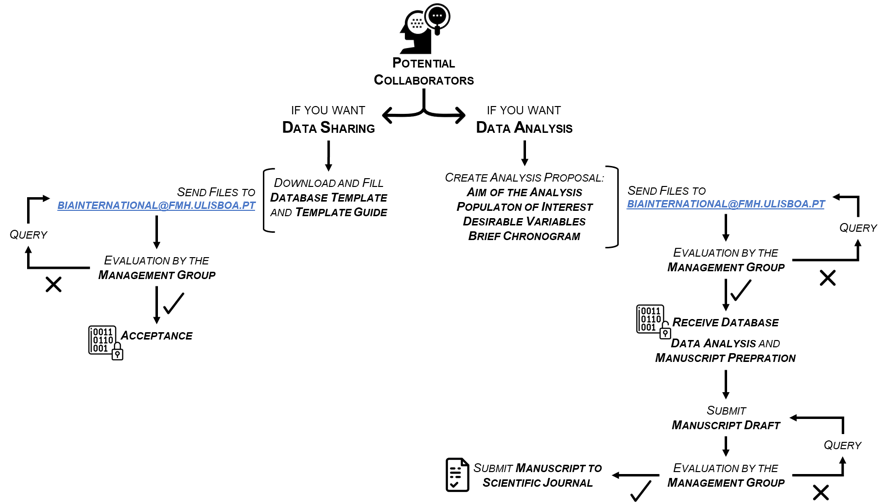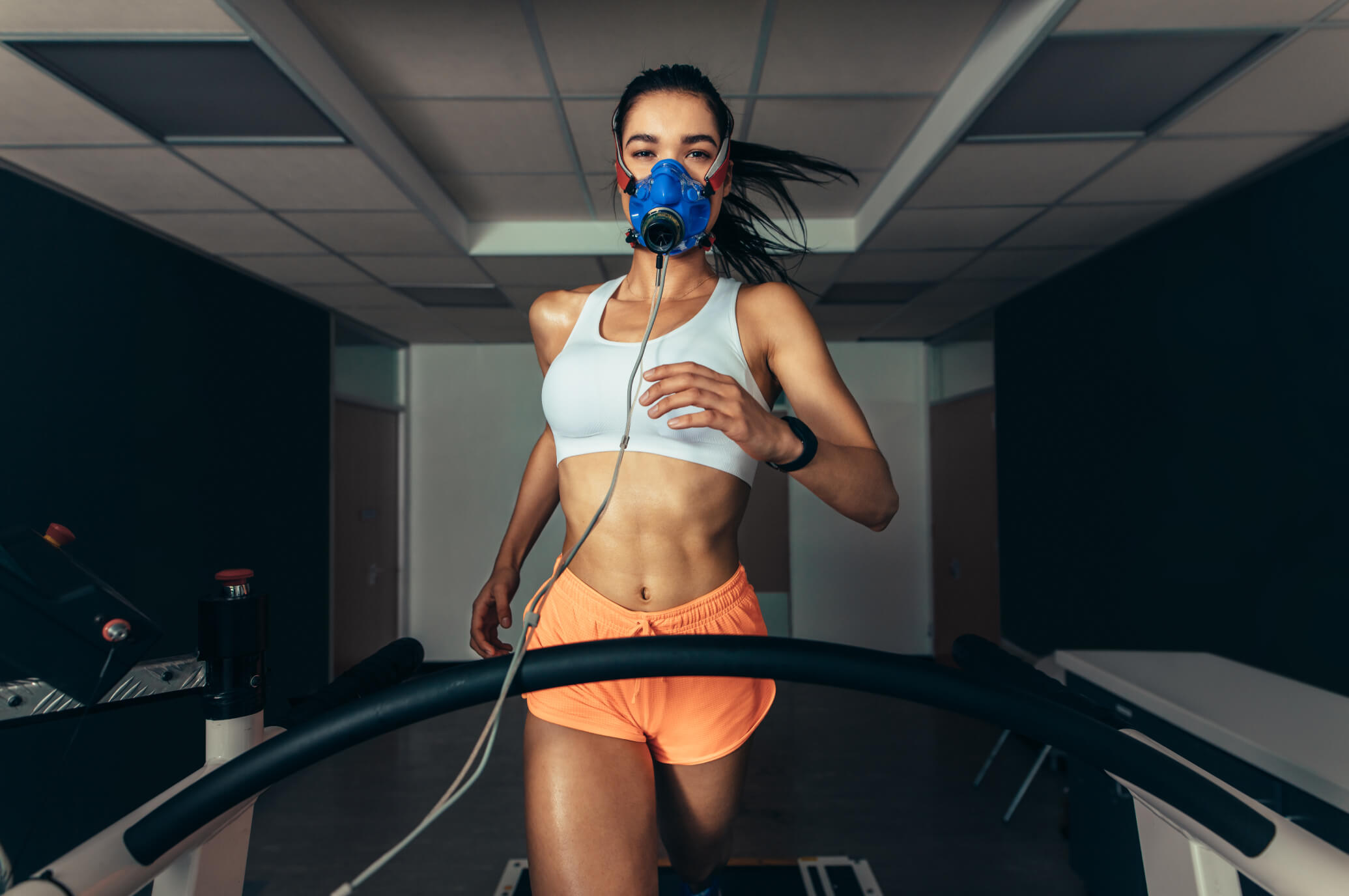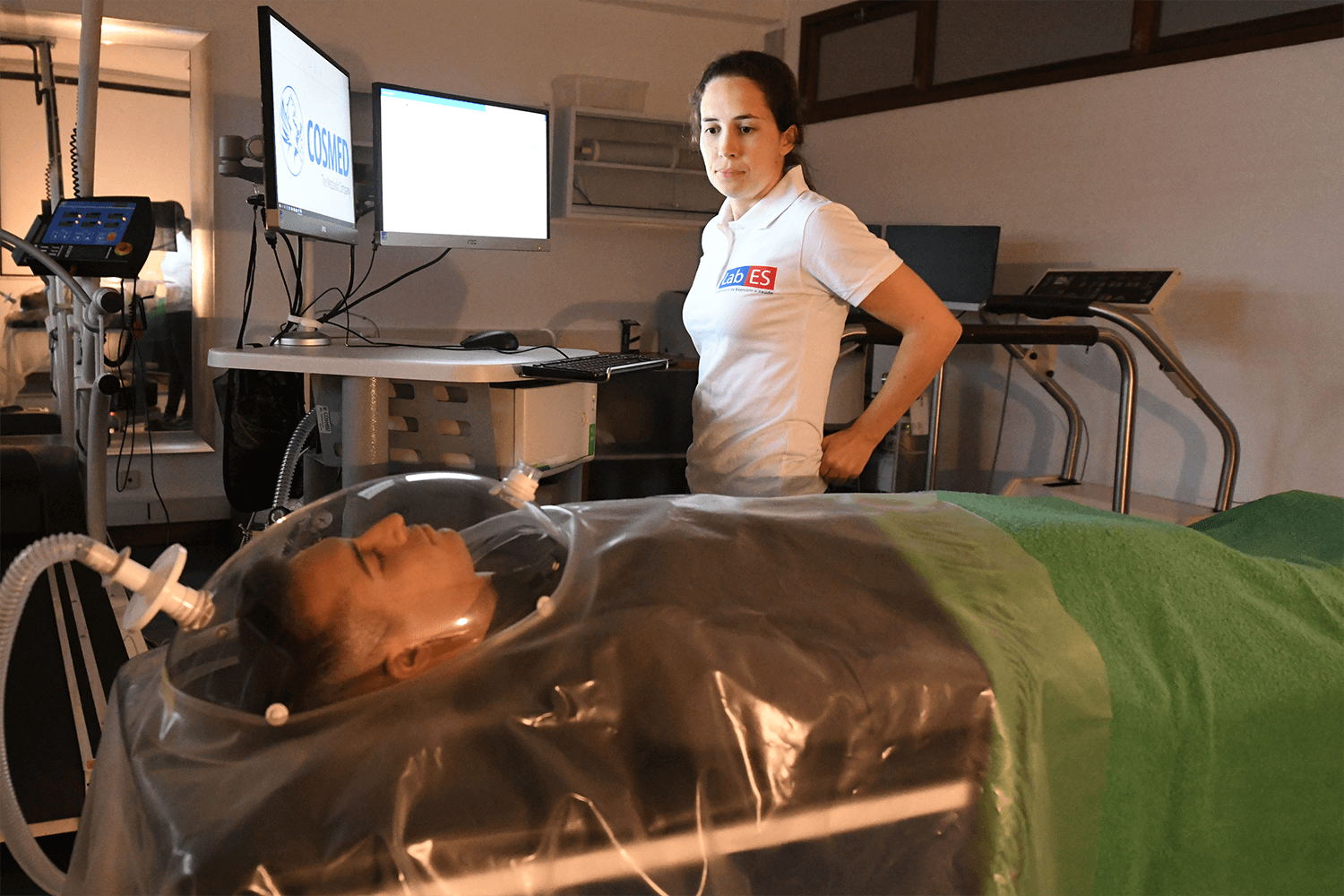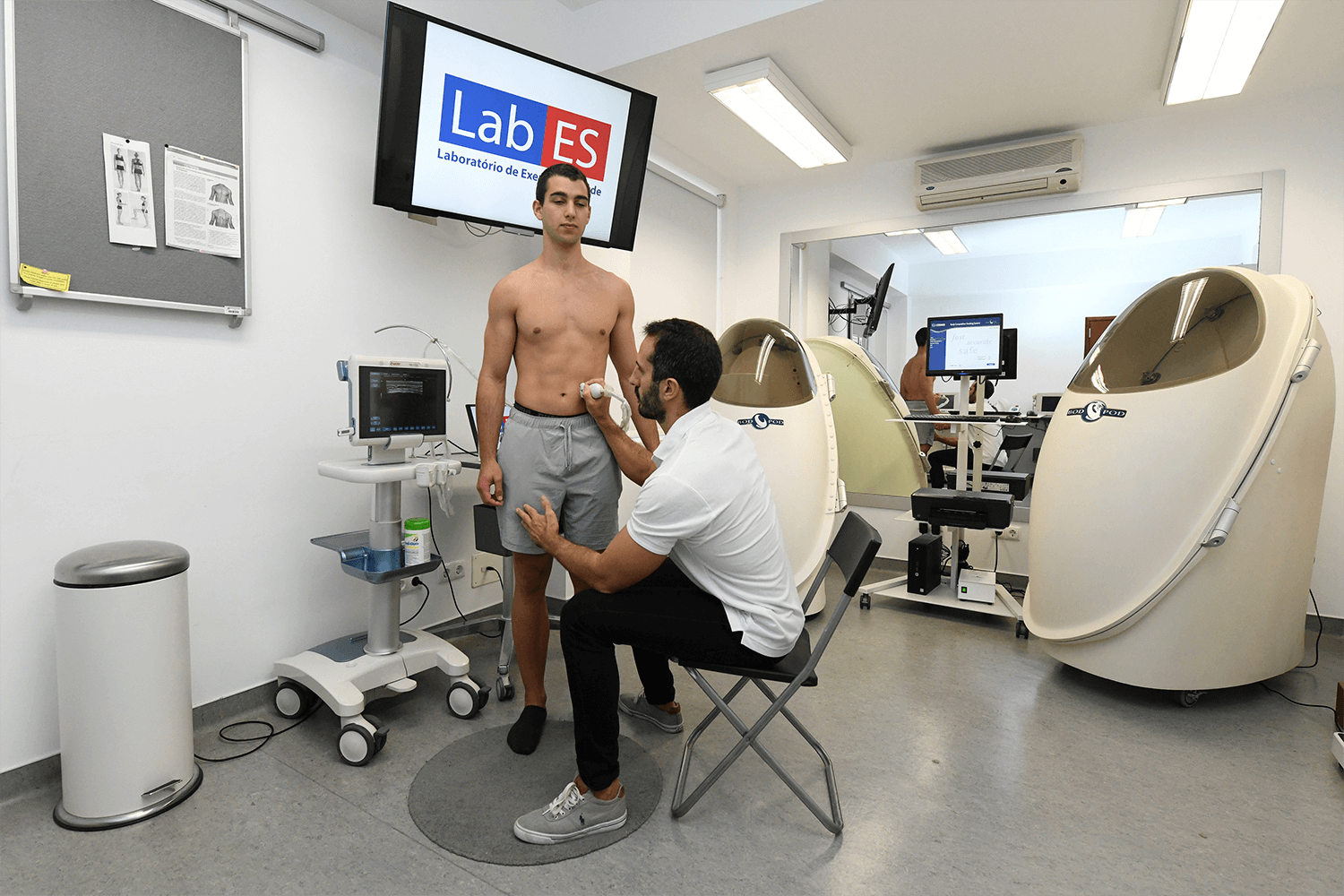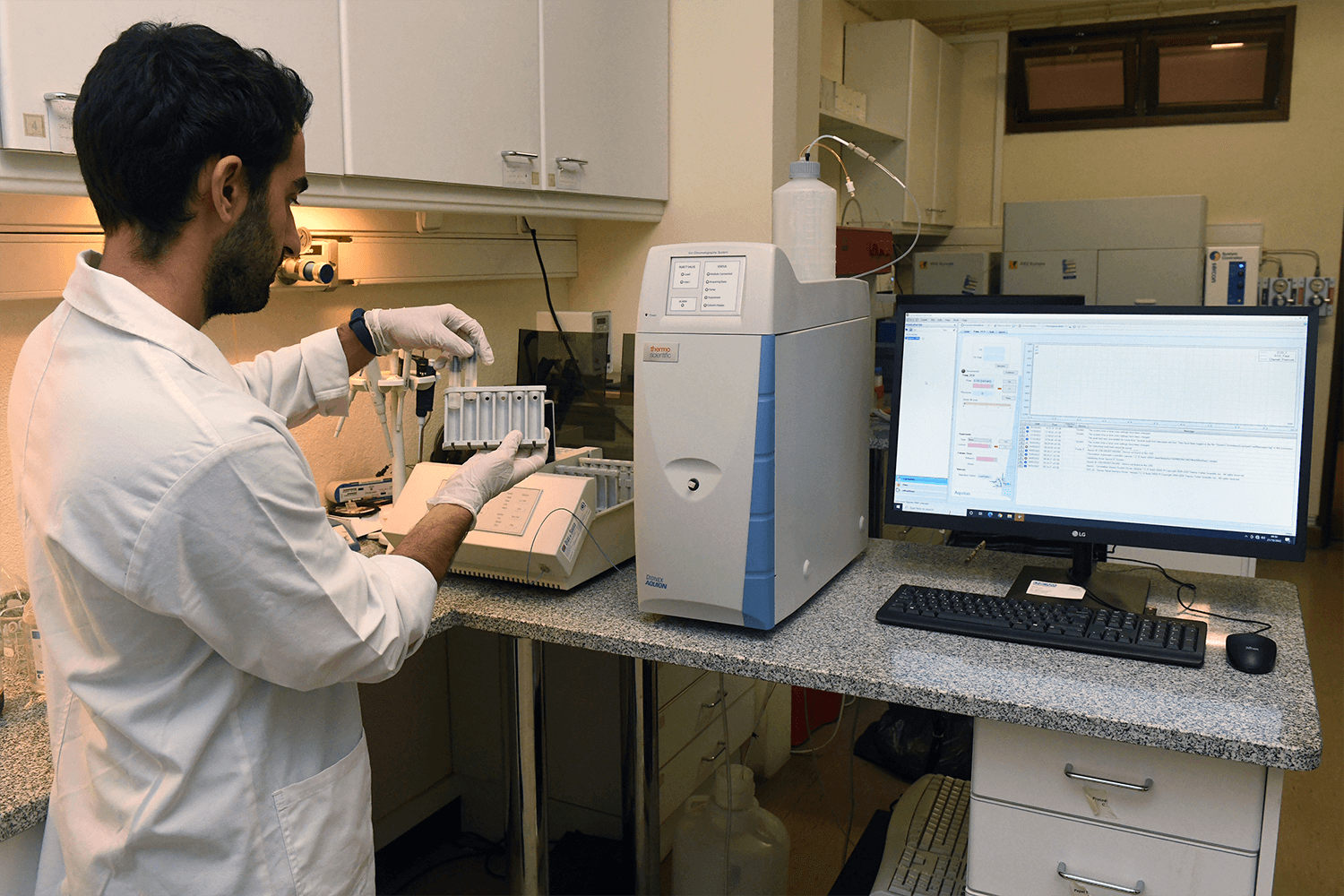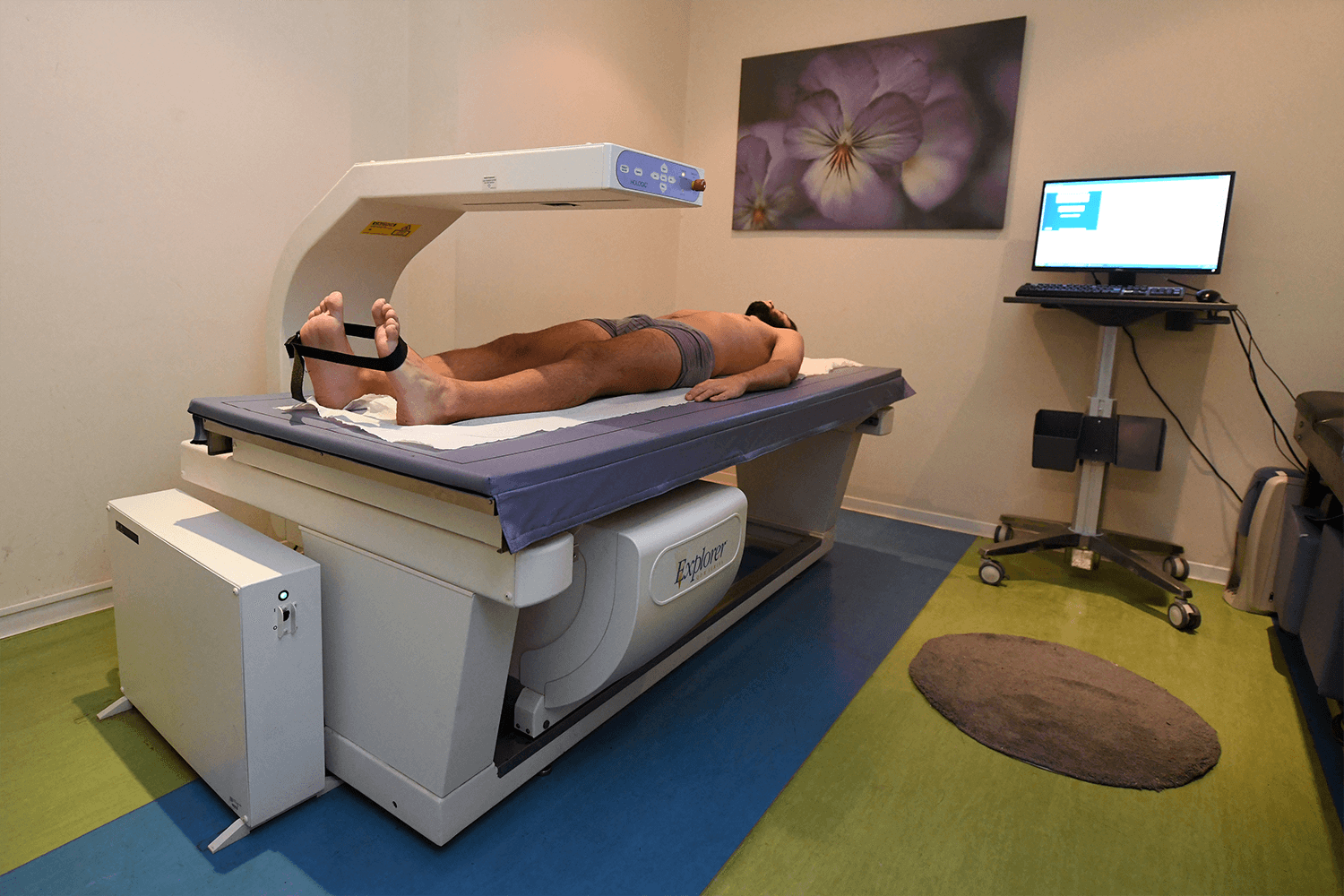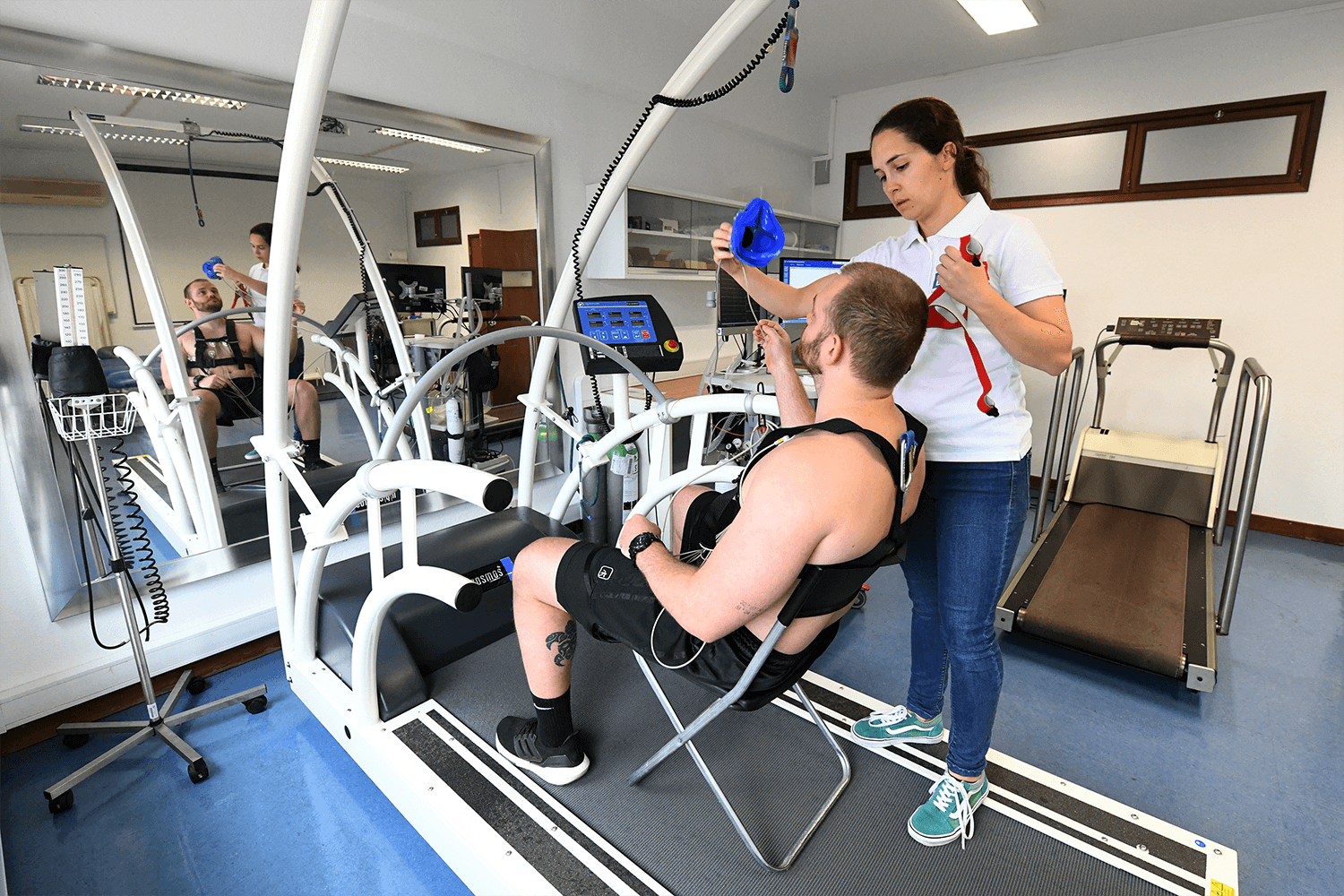Accurate assessment of body composition is essential for disease prevention, clinical decision-making, and public health planning. Bioelectrical impedance analysis (BIA) is a non-invasive, rapid, and scalable method widely used to estimate body composition and related health indicators. Beyond prediction equations, raw BIA variables, such as resistance, reactance, phase angle, and vector analysis, offer valuable physiological information without reliance on population-specific models.
Despite its potential, the broader application of BIA is limited by device heterogeneity, lack of standardization, fragmented datasets, and the absence of comprehensive reference values across age, sex, and ethnicity. These limitations hinder comparability, interoperability, and clinical translation.
The BIA International Database (BIAID) addresses these challenges by establishing a sustainable, interdisciplinary, and international research network dedicated to developing an integrated BIA-based model of body composition. By pooling raw and derived BIA data and harmonized metadata from diverse populations worldwide (please check Step 3: Data Submission and Collaboration), BIAID aims to generate robust reference values across the lifespan, from infancy to old age, and across different geographical ancestry and health groups.
Key objectives of BIAID include:
-
Building a large, FAIR-compliant international database of raw and derived BIA variables;
-
Improving interoperability and comparability across different BIA devices and protocols;
-
Advancing the use of raw BIA data (e.g., phase angle and vector analysis) for physiological and clinical interpretation;
-
Establishing normative body composition reference values stratified by age, sex, and ethnicity;
-
Promoting open, transparent, and collaborative data sharing and research.
Currently, the database includes over 330,000 measurements from individuals aged 11 months to 102 years, making BIAID one of the largest global resources for BIA-based body composition research. Hosted at the Faculty of Human Kinetics, University of Lisbon, BIAID operates under strict ethical approval, GDPR compliance, and supervised access, fostering high-quality research and international collaboration.
To address these challenges, the following steps will be required:
Step 1: Building a large database of BIA raw and derived parameters. Minimal and associated data includes:
Age, sex, anthropometry (body mass and height), Resistance (R), Reactance (Xc), Impedance (Z), and PhA, country, year of data collection, device characteristic (single-frequency-BIA, multifrequency-BIA, spectroscopy-BIS), ethnicity, and health status.
To see the desirable additional data and the specific guidelines for preparing the database, please read Step 3.
Step 2: Data Management.
The data will be hosted at the Exercise and Health Laboratory of the Faculty of Human Kinetics, University of Lisbon, by using an online portal (step 3).
Step 3: Data Submission and Collaboration
We invite potential collaborators to contribute to the BIA International Database. To ensure scientific standardization and legal compliance, please follow this protocol:
- Preparation: Download and review “The BIA International Database Guide”. Datasets must be formatted according to “The BIA International Database Template"
- Online Submission: Use the link "SUBMISSION PORTAL" to complete the following sections:
- Collaborator Information: Contact details and institutional affiliation.
- Technical Specifications: A survey for each device model used. Given that measurement precision and accuracy may vary, this survey allows us to account for technical performance and facilitate comparability across protocols.
- Data Upload: Upload of the completed Excel template.
- Contribution License: This legal framework ensures that while you retain copyright, you grant the Faculty of Human Kinetics-University of Lisbon - BIA International Database the rights to manage and distribute the data for research purposes.
After finalizing the process, please send an email to This email address is being protected from spambots. You need JavaScript enabled to view it..
Step 4: Data Security.
All included datasets will be part of projects approved by their ethics committee.
The authors should send the code, institution, and date of the ethics committee form when submitting their database for approval.
After confirmation of inclusion by the management group, each individual in each database will be given a new code to further guarantee confidentiality and privacy.
All received data will be converted into password-protected files and stored at the FMH server, with access limited to the chairman of the management group, Analiza M Silva, or members designated by the group.
Access to the whole or part of the database will be supervised, as authors aiming to use the database must first obtain approval from the management group, providing their intended analysis and assuring that rules of privacy and data protection will be complied with, as described in Step 6.
After following these steps, a separate password will be generated to protect the document, including the selected columns of interest for the proposed analysis.
This document will also be password-protected, only acknowledged by the chairman of the management group or members designated by the group, namely the authors of the proposed analysis. A detailed record will be created to monitor this data-sharing process.
The received databases have already codified data without any personal identifier, making the data untraceable to the corresponding individual, and complying with the GDPR key requirements.
Step 5: Data access.
Before submitting a proposal, please check the current Planned/approved proposals and the current publications from the BIA International Database. A list of published papers and/or approved analyses will be continuously added to the website.
Several steps are required to get access and to perform an analysis in the database, namely: i) download and fill out a form (“The BIA International Database Publications Policy”) agreeing up front to the publication policy; ii) create an analysis proposal (“The BIA International Database Proposed Analysis”), providing a succinct summary, including the variables from the dataset that will be required, the population of interest, and a brief timeframe for data analysis; iii) submit your proposed analysis to This email address is being protected from spambots. You need JavaScript enabled to view it.; iv) the management group will discuss the idea and will provide feedback within 4 weeks.
If the management group provides a favorable response, a file with the approved data will be provided to perform data analysis and manuscript preparation.
Step 6: Publication policy.
Individuals submitting data will be acknowledged as authors if they agree on publications from the database that use the data they contributed, allowing up to 2 authors per contributed dataset.
Manuscripts using the database must adhere to several rules that have been agreed upon by the management group, including the approval of draft manuscripts by the management group to ensure the publication policies are followed. Also, for those who contributed the data for the specific analysis, the possibility of accepting or declining the role as co-authors is given at least 3 weeks before the manuscript submission (“The BIA International Database Publications Policy”).
Please check the following Figure to understand the process of “Data Sharing” and “Data Analysis”.
